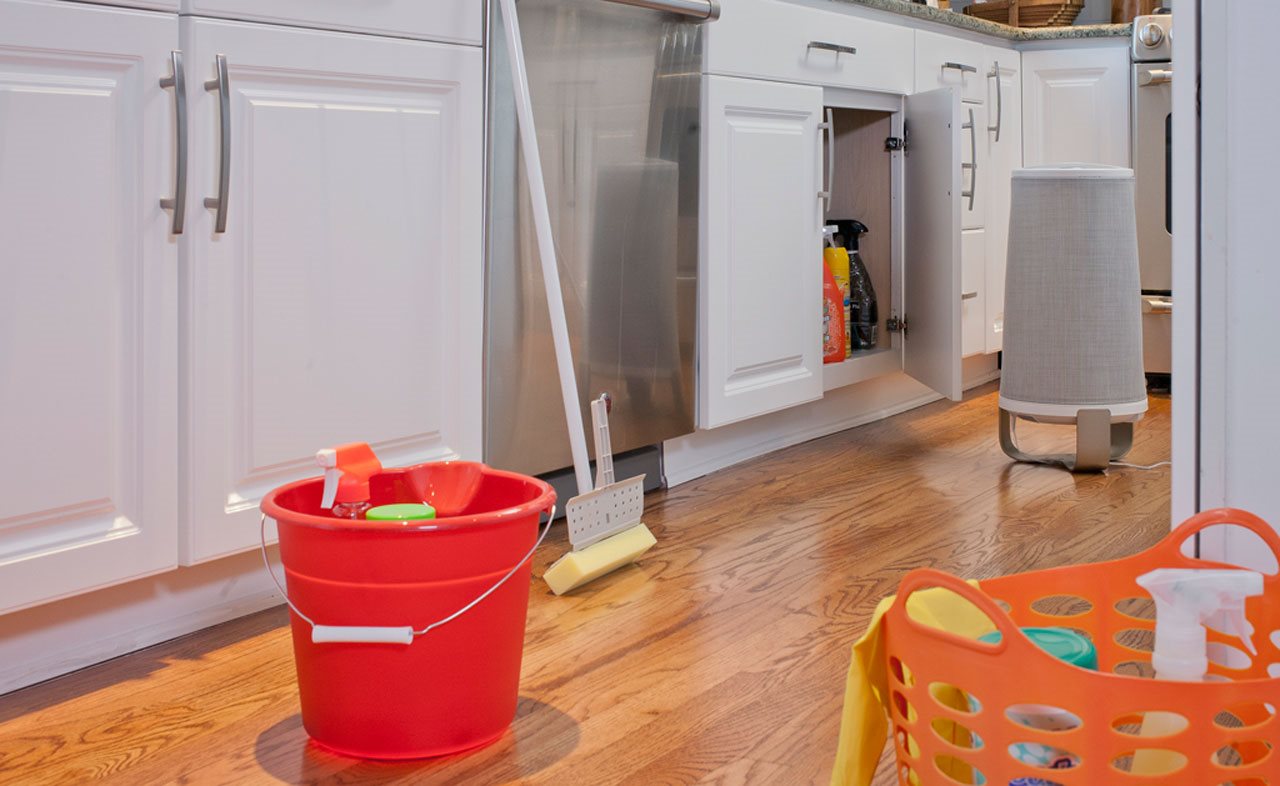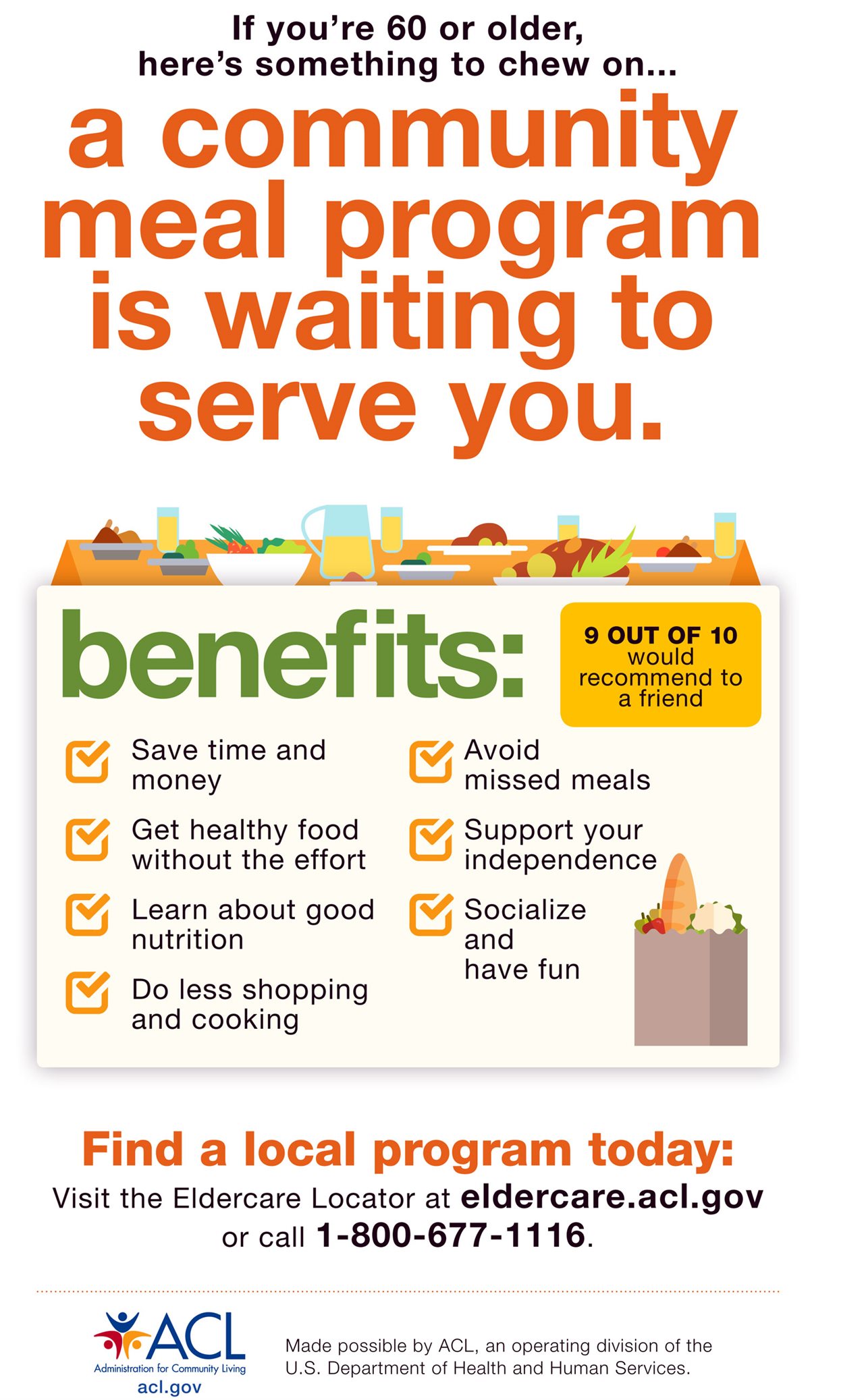2019-03-04T11:01:00
(BPT) – With popular obstacle- and ninja-style shows taking over TV, you might be curious what it takes to become a part of the competition. A desire is the first step, and one expert ninja says this can springboard you quickly to the next level.
“‘I want to try it.’ This is the first thing I said before exploring training,” says John Wilmas, best known as the stair ninja (@stair_ninja on Instagram). He participates in competitive stair climbing with a passion for charity climbs. He also has competed on American Ninja Warrior.
“Most people enter this sport with a simple desire to give it a try and have fun,” he says. “If that is you, I encourage you to give it a go. From there, you can take additional steps to develop your skills and hone your focus.”
Wilmas recommends five tips when beginning to train for any obstacle-style event:
1. Find a local training gym or park
As the popularity of the shows has grown, so too has the desire for more obstacle-style training facilities. Research what is available in your area. Indoor gyms and outdoor obstacle parks featuring FitCore Extreme fitness equipment by Landscape Structures Inc. offers multiple fitness options available for children ages 5 to 12 and teens/adults ages 13 and over, so the whole family can participate. Learn more at www.playlsi.com. This equipment promotes whole-body fitness and agility with options for varied fitness and skill levels.
2. Use your body weight as a training tool
If you can’t find training opportunities within 30 minutes of your home, focus on body-weight training and calisthenics — the type of training gymnasts do — to build your skills. Keep in mind that even if you can bench a lot of weight, it’s not the same as holding your own body weight. Train by using your own body weight as resistance because that is what will be tested on many of the obstacles.
3. Work on speed, balance and agility
Being agile and having good balance can help you conquer some of the toughest obstacles. Competitors that only focus on upper body strength will slip up on seemingly easier parts of the course simply because they don’t have good balance or speed. The faster you can go, the less energy you’ll expend, which means you can go further without getting tired. Speed can also be an alternative to balance. If you can go through some obstacles quickly, you’ll not have to rely on stellar balance skills.
4. Find friends and build camaraderie
What makes obstacle- and ninja-style competitions unique is everyone supports each other. It’s a competition, but competitors have strong bonds and encourage the success of each participant. When you start training and decide you enjoy the sport, try joining some local groups so you can build your own camaraderie. The support you’ll feel is incredible. You can start by researching local meetups on the Facebook group American Ninja Warrior Comrades.
5. Explore mental training
A big part of succeeding at this style sport is mental strength. Believe in yourself and envision yourself successfully completing a challenge. A mental block is always the hardest obstacle, so if you make a mistake, don’t dwell on it. Repetition helps you gain confidence so your mind trusts your body. Then you can just go without overthinking it. The mind is your biggest asset if you use it to your advantage, but can also be your biggest crutch if you let worries overtake your abilities.















